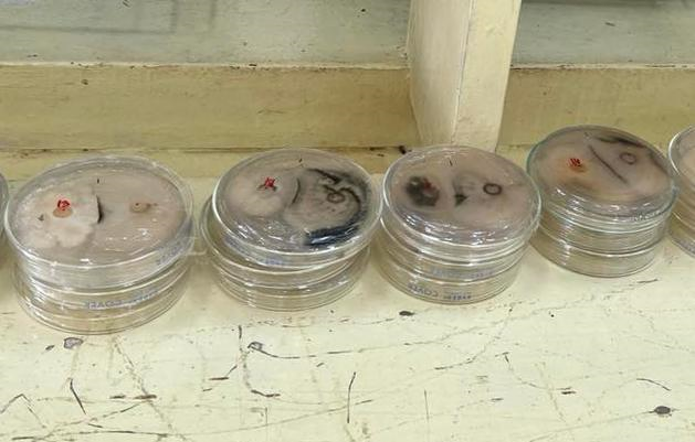
Among the perennial problems of high-value crops in the Philippines, such as rubber, is the proliferation of pests and diseases. This has constrained rubber farmers, about 90% of which are smallholders, due to lower rubber latex yield, death of trees, increased production costs, and ultimately loss in income.
While chemical pesticides have been developed for some rubber diseases, it can also pose impact to the environment and human health. This paved the way to develop more sustainable alternatives such as environment-friendly biocontrol agents for insect pest and disease management.
Among the types of effective biocontrol agents are endophytes, which are symbiotic bacteria or fungi found in healthy rubber trees. They are not threats to the rubber plant and can potentially inhibit other disease-causing organisms.
With this, the University of Southern Mindanao, is implementing a project to screen potential endophytes as biocontrol agents against major and emerging leaf diseases of rubber. The project is being led by Dr. Tamie Solpot and funded by the Philippine Council for Agriculture, Aquatic and Natural Resources Research and Development of the Department of Science and Technology (DOST-PCAARRD).
Currently, a total of 321 endophytic fungi from healthy rubber leaves and bark have been isolated, 130 of which have biocontrol potential and 11 have already shown potential for antagonistic activity against rubber diseases. The screening of potential endophytes is a crucial first step to ultimately develop bio-based products that will sustainably control and manage rubber pests.
The two-year project will continue testing effective endophytes using morpho-cultural and molecular techniques. Furthermore, the efficiency of colonization of endophytes in the laboratory and recovery from inoculated rubber plant in the nursery will be evaluated to verify their symbiotic relationship or endophytism.
